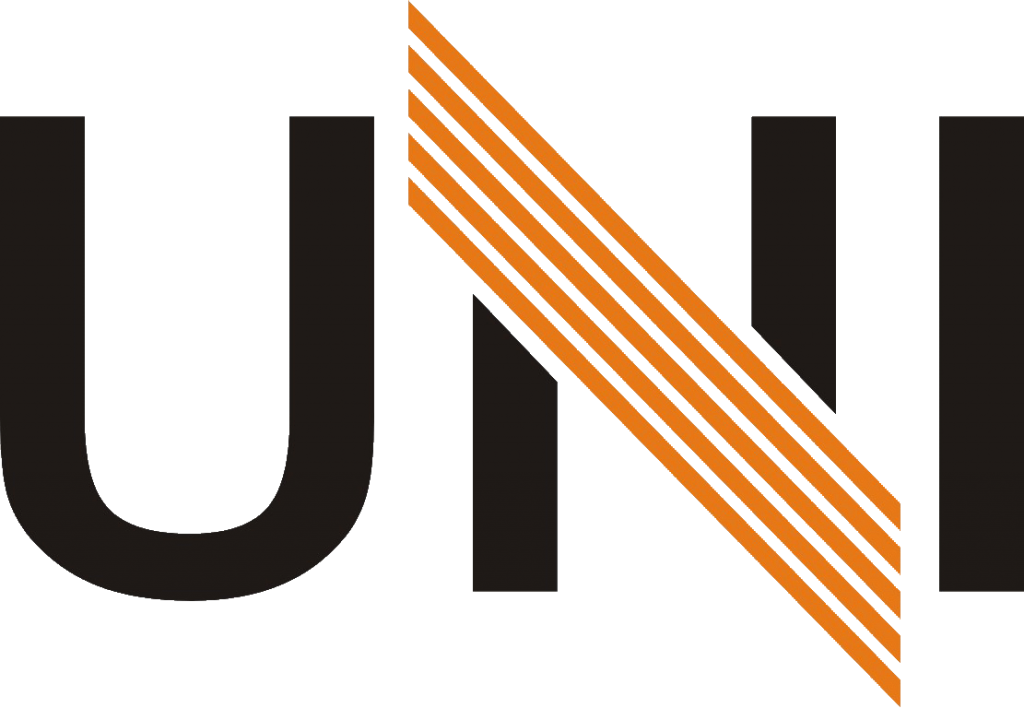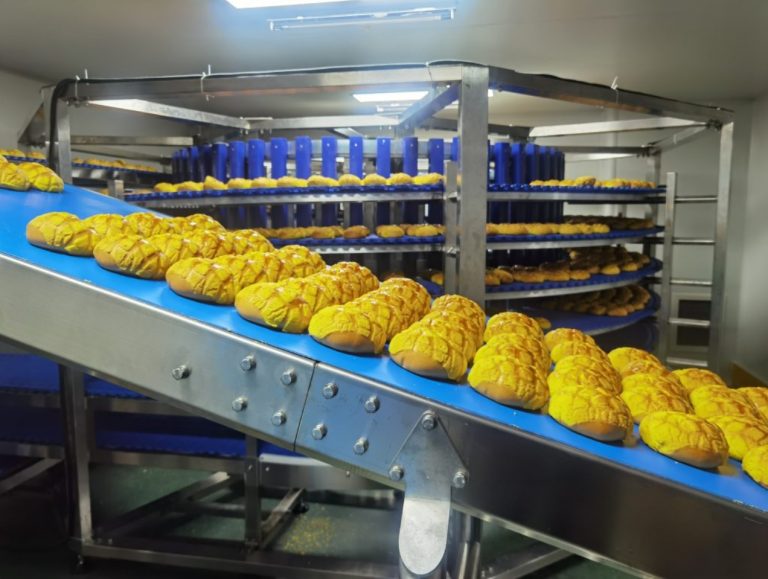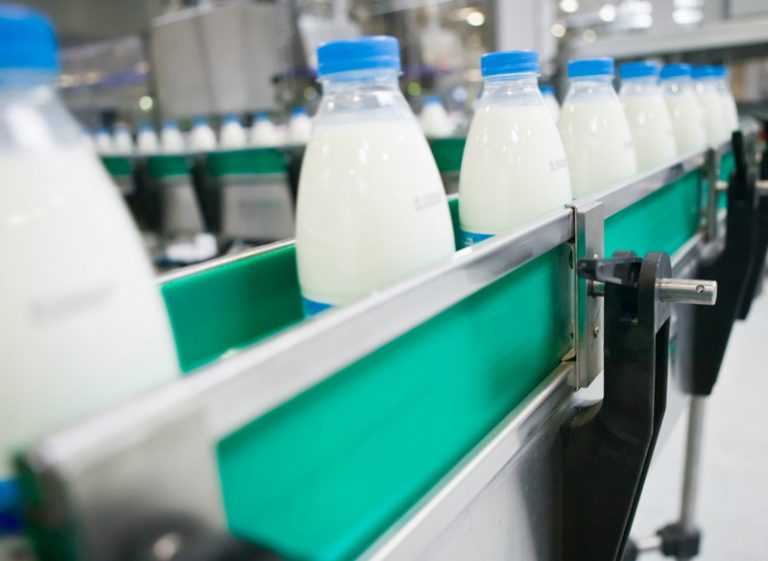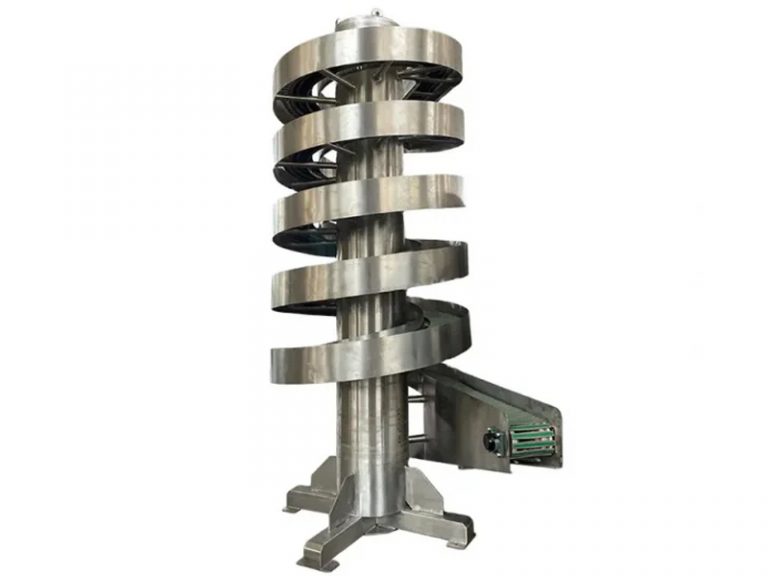In the vibrant and ever-evolving landscape of the food industry, food processing and packaging machinery production lines act as the indispensable cornerstone.
They meticulously orchestrate the entire journey, from the transformation of raw materials to the final packaging of market-ready products, ensuring a seamless and efficient operation. These highly integrated systems play a pivotal role in safeguarding food safety, upholding product quality at the highest standards, and satisfying the constantly escalating demands of consumers worldwide.
A food processing and packaging machinery production line is composed of a series of intricately interconnected components, each fulfilling a distinct yet complementary function. The production process invariably initiates with raw material handling. Take a fruit juice production line as an example. Fresh fruits are first transported to state-of-the-art sorting machines. These advanced machines utilize cutting-edge optical sensors to meticulously differentiate between top-quality and subpar fruits, promptly removing any damaged or unripe ones. Subsequently, the fruits are conveyed to specialized washing equipment, which is usually equipped with high-pressure water jets and gentle brushes. This setup ensures a thorough cleansing, effectively eliminating dirt, residual pesticides, and other contaminants, laying a solid foundation for subsequent processing.

Following the meticulous preparation of raw materials, the processing stage assumes the spotlight.
In the meat processing sector, automated cutting machines come into play. These sophisticated devices can precisely slice and dice meat according to pre-set specifications. Capable of handling substantial volumes of meat, they guarantee uniformly sized cuts while significantly minimizing material waste. When it comes to baked goods production, dough mixing and kneading machines showcase their precision. They accurately combine various ingredients, skillfully creating dough with the ideal consistency. Additionally, advanced processing equipment, such as high-temperature sterilizers and pasteurizers, is employed strategically. These tools extend the shelf life of food products while maintaining their nutritional integrity and appealing taste, striking a perfect balance between preservation and quality.
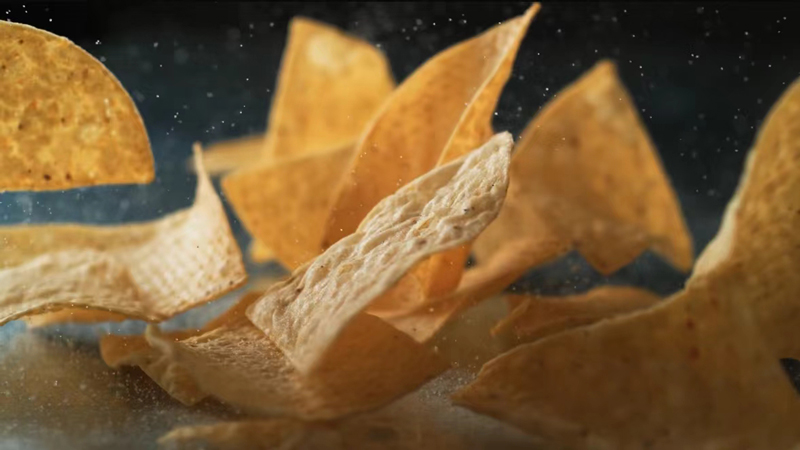
Once the processing is completed, the food products progress to the packaging stage.
The packaging machinery in food production lines is diverse, tailored specifically to the unique characteristics of different products. For liquid products like milk and sauces, filling machines equipped with high-precision nozzles are utilized. These nozzles accurately dispense the liquid contents into bottles or cartons, ensuring consistent volumes and preventing spillage or under-filling. For solid foods, such as snacks and cereals, form-fill-seal machines are the key players. They transform rolls of film into packages, precisely fill them with the products, and seal them securely, providing robust protection against external factors and preserving the freshness of the contents. Modified atmosphere packaging (MAP) machines are especially prevalent in the packaging of perishable foods. By replacing the air inside the packages with a customized gas mixture, they effectively inhibit microbial growth, thereby substantially extending the products’ shelf life.
Technological Innovations Revolutionize Food Processing and Packaging Lines
The efficiency and reliability of food processing and packaging machinery production lines have been remarkably enhanced by contemporary technological breakthroughs. Automation and robotics have brought about a revolutionary transformation. By reducing human error to a minimum, they significantly boost production speed and output consistency. Programmable logic controllers (PLCs) serve as the intelligent nerve center, overseeing and controlling the entire production process. They enable seamless coordination among different machines. For instance, PLCs can dynamically adjust the speed of conveyor belts in real-time to synchronize with the output of processing equipment, ensuring a smooth, continuous, and uninterrupted workflow. Furthermore, artificial intelligence (AI) and machine learning algorithms are being increasingly integrated into these production lines. AI-driven quality control systems possess the remarkable ability to detect even the most minute defects in products, such as misshapen items or incorrectly sealed packages, in real-time. This not only elevates product quality but also substantially reduces waste, optimizing production efficiency.
Food processing and packaging machinery production lines are designed with strict adherence to hygiene standards at their core.
The materials used in constructing the equipment are of food-grade quality, ensuring safety and being easy to clean, which effectively minimizes the risk of contamination. Quick-disconnect fittings and removable parts are incorporated to facilitate thorough cleaning and sanitization procedures, ensuring full compliance with stringent food safety regulations. Some of the more advanced production lines are even equipped with self-cleaning mechanisms. These automated systems clean the equipment automatically between production runs, further enhancing hygiene levels and reducing downtime, thus maximizing production efficiency.
In summary, food processing and packaging machinery production lines are the lifeblood of the modern food industry. Through the integration of diverse processing and packaging technologies, the utilization of advanced automation, and strict compliance with hygiene standards, they ensure the efficient production of high-quality, safe food products. As consumer demands continue to evolve and technological advancements march forward, these production lines will undoubtedly keep innovating, evolving into more intelligent, efficient, and sustainable systems to meet the future challenges and needs of the food industry.
